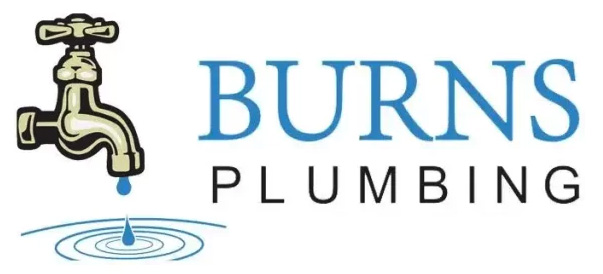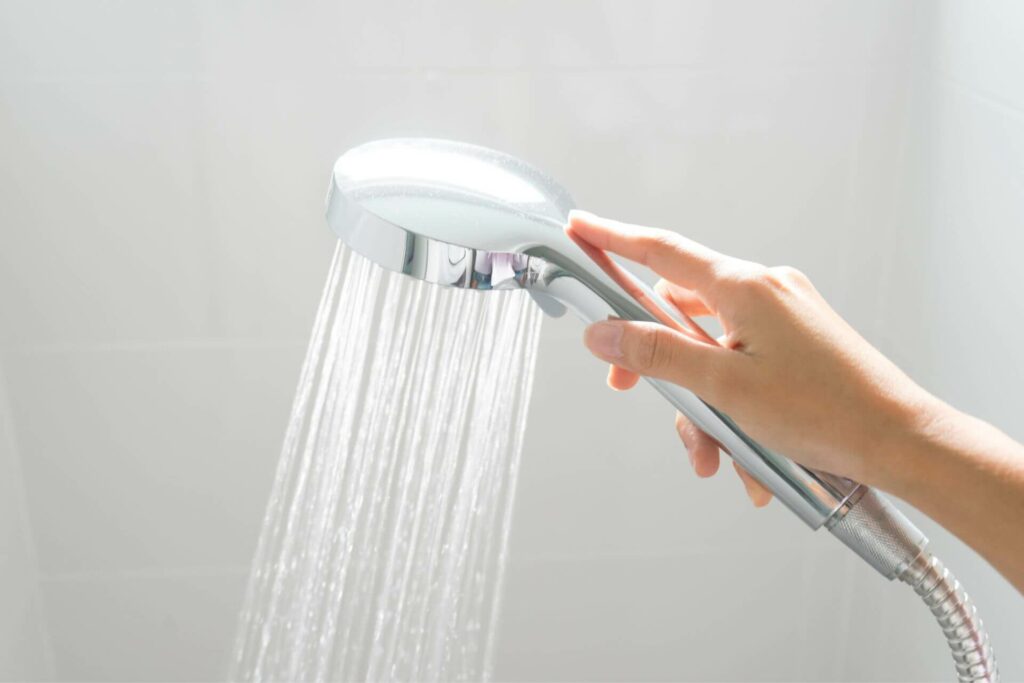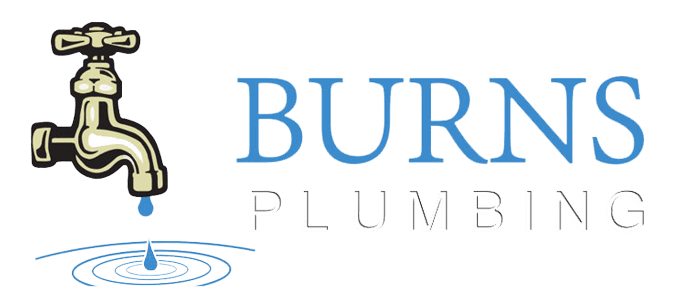This guide explores effective strategies to fix low water pressure, ensuring a steady flow of water and restoring your shower experience. From adjusting the water pressure regulator to changing your showerhead, we’ll cover ways to increase water pressure and improve your shower water pressure, tackling common reasons for low water pressure in showers.
Common Causes of Low Water Pressure in Showers
Low water pressure in your shower can dampen the start of your day, affecting not just the shower but potentially indicating broader plumbing problems within your home. Understanding the causes is the first step toward fixing the issue.
Clogged Shower Heads
Mineral deposits can block the water coming from your showerhead, reducing the stream of water. Cleaning or replacing the shower head can often solve this problem.
Closed or Partially Closed Water Valves
The main water supply line valve or the water metre valve might not be fully open, restricting the flow of water to your shower and other fixtures. Ensuring these valves are fully open can improve water pressure.
Faulty Pressure Regulator
A faulty water pressure regulator can cause a drop in water pressure throughout the house, affecting both hot and cold water sent to the showerhead. Replacing or repairing the regulator can restore the pressure to a safe range.
Aged or Corroded Plumbing Pipes
Over time, water pipes may corrode or accumulate deposits, reducing the internal diameter and the flow of water. This plumbing problem may require professional assessment and possibly replacing sections of pipe.
High Demand on the Home’s Water Supply
Simultaneous use of multiple fixtures can cause a temporary drop in water pressure. Scheduling water use or upgrading the plumbing system can help manage high demand.
Leaks in the Plumbing System
Water leaks, whether visible or hidden, can lead to low shower pressure by diverting water away from where it’s needed. Identifying and repairing leaks is crucial.
Malfunctioning Water Heater (for Hot Water Issues)
If low water pressure is specific to hot water, the issue might be with the water heater. It could be a sign of sediment buildup or a malfunction that needs addressing.
Municipal Water Supply Problems
Sometimes, the issue lies outside your home with the municipal water supply. A reduced pressure from the water source or work on the water lines can temporarily affect your shower’s water pressure.
How to Test the Water Pressure in Your Shower
Testing the water pressure in your shower helps identify if low flow or inconsistent temperature issues stem from general water pressure problems within your plumbing system. Here’s how to conduct a thorough water pressure test:
1. Gather Necessary Tools
Before starting, ensure you have a water pressure gauge. This tool is specifically designed for measuring water pressure and typically attaches directly to a fixture like a showerhead or hose. Pressure gauges are available at most hardware stores and are essential for accurately diagnosing pressure issues.
2. Turn Off All Water-Using Appliances
To get an accurate reading of the water pressure in your shower, it’s important to eliminate any other water consumption in the house. Turn off appliances like dishwashers and washing machines, and ensure no faucets are running. This prevents fluctuations in the reading caused by water being diverted elsewhere.
3. Locate Your Shower’s Hose or Pipe Connection
Find the point where the showerhead connects to the water supply. This is typically at the end of a hose (for handheld showers) or where the shower arm extends from the wall (for fixed showerheads). This connection is where you’ll attach the pressure gauge.
4. Attach the Pressure Gauge to the Shower
Remove the showerhead from the hose or pipe connection. This might require a wrench or pliers, depending on how tightly it’s fitted. Once removed, attach the pressure gauge directly to the exposed connection. Ensure it’s screwed on tightly to prevent water from escaping during the test.
5. Turn on the Shower to Full Capacity
With the pressure gauge securely attached, turn the shower valve to its maximum capacity. This means both the hot and cold water supply should be fully opened to measure the combined water pressure that your shower can deliver.
6. Read and Record the Pressure Measurement
Once the water is flowing through the gauge, it will display a reading in , which is the standard measurement for water pressure. Note this measurement, as it’s crucial for determining if your shower operates within a safe and effective pressure range.
7. Compare the Results to Standard Pressure Levels
In Australia, the ideal water pressure for a shower is typically between 300 to 500 kPa. A reading below 300 kPa suggests low water pressure, which can compromise your showering experience and may indicate broader plumbing issues, such as a faulty water pressure regulator or difficulties with the main water supply line.
Inspecting Your Shower Head for Blockages
Low water pressure in your shower can transform what should be a steaming hot, rejuvenating experience into a tepid trickle, causing significant shower woes. Often, the culprit behind low shower water pressure is as simple as a clogged shower head. Over time, mineral deposits from water can accumulate, blocking the flow of water and reducing pressure, which affects both temperature and pressure balance. Here’s how to inspect and clean your shower head:
- Remove the Shower Head: Start by unscrewing the shower head from the hose or water pipe. Depending on the model, you may need a wrench, but many can be removed by hand.
- Check for Visible Blockages: Look inside the shower head for any visible signs of mineral buildup or debris. This can often appear as white, green, or brown deposits blocking the water outlets.
- Soak in Vinegar: Place the shower head in a bowl of white vinegar for several hours or overnight. Vinegar is effective at dissolving mineral deposits that cause blockages.
- Brush Away Deposits: After soaking, use an old toothbrush to scrub away loosened deposits from the nozzles and any other parts of the shower head.
- Rinse and Reattach: Rinse the shower head thoroughly with water to remove any remaining vinegar or debris. Then, reattach it to the shower, ensuring it’s securely fastened.
Checking the Plumbing System for Pressure Problems
When experiencing low water pressure in the shower, it’s crucial to look beyond the shower head and consider the broader plumbing system. Issues within your home’s plumbing can cause low pressure across multiple fixtures, not just in the shower. Here are key steps to identify and address plumbing system pressure problems:
- Evaluate Water Pressure Throughout Your Home: Check other faucets and fixtures to determine if low pressure is isolated to the shower or a widespread issue.
- Inspect the Water Pressure Regulator: Homes equipped with a water pressure regulator should have it inspected. A faulty regulator can result in low or inconsistent pressure.
- Check for Leaks: Leaks in your plumbing system can divert water away from intended fixtures, leading to reduced pressure. Look for signs of leaks, such as water stains or dripping sounds.
- Assess the Water Supply Line: Ensure the main water supply line to your home is fully open. Partially closed valves can restrict the flow of water, diminishing pressure.
- Consult a Professional Plumbing Service: For complex issues like leaks within walls or unclear causes of low pressure, enlisting a professional plumbing service is advisable. They can perform comprehensive diagnostics and repairs.
Adjusting Your Home’s Main Water Valve
Adjusting the main water valve is a straightforward process that can significantly impact water pressure in your shower and throughout your home. If you’ve identified that the pressure is low across all fixtures, the main water valve, which controls the flow of water into your home, might not be fully open. Here’s how to adjust it:
- Locate the Main Water Valve: This valve is usually found near the water meter or where the main water line enters your home.
- Open the Valve Fully: Turn the valve counterclockwise to ensure it’s fully open. Sometimes, valves can become partially closed due to maintenance work or accidentally being bumped.
- Monitor Water Pressure Changes: After adjusting the valve, check the water pressure in your shower and other fixtures to assess any improvement.
Manipulating the main water valve offers a simple way to enhance water pressure if it was previously restricted. However, maintaining a safe water pressure range is crucial to avoid damage to your plumbing system. If adjustments to the valve do not resolve your low water pressure issues, or if pressure becomes too high, consulting with a professional plumber is recommended to safeguard your plumbing and ensure consistent, adequate water flow.
Solutions to Increase Water Pressure in the Shower
Struggling with low water pressure in your shower can turn your quest for a steaming hot shower into a tepid dribble, impacting everything from your comfort to how effectively you can rinse away soap and shampoo. Fortunately, there are targeted solutions to address and rectify low pressure, ensuring your shower once again becomes a place of rejuvenation and relaxation.
- Change Your Shower Head: Swapping out your current shower head for a low-flow model designed to enhance pressure can make a substantial difference. These showerheads are engineered to control the pressure and flow of water, providing a more vigorous stream even when water pressure is inherently low.
- Clean or Replace the Shower Head: Mineral buildup can clog your shower head and restrict water flow. Regularly cleaning or, if necessary, replacing the shower head can restore water pressure to desired levels.
- Check and Adjust the Water Pressure Regulator: If your home is equipped with a water pressure regulator, its adjustment might be necessary. This regulator’s job is to maintain a safe water pressure level throughout your home, but if set too low, it could be the cause of your woes.
- Install a Water Pressure Booster Pump: For homes suffering from consistently low water pressure, a booster pump can be an effective solution. It increases the water pressure and flow rate coming into your home, improving the performance of your shower and other fixtures.
- Inspect for Leaks in the Plumbing System: Even small leaks can lead to significant drops in water pressure. Inspecting your plumbing for leaks and having them repaired can help restore pressure.
- Flush the Hot Water Heater: If you’re experiencing low hot water pressure, sediment buildup in your hot water heater might be restricting flow. Flushing the tank can remove these deposits and improve hot water pressure.
Preventing Future Low Pressure Issues in Your Shower
Maintaining optimal water pressure in your shower isn’t just about immediate fixes but involves ongoing vigilance and maintenance:
- Regularly Clean Your Shower Head: Regular maintenance can prevent blockages from building up and affecting water flow.
- Monitor Your Home’s Water Pressure: Keeping an eye on your home’s overall water pressure can help you catch and address issues before they impact your shower experience.
- Conduct Annual Plumbing Inspections: Having a professional plumber inspect your plumbing system annually can help identify potential issues early, preventing future low pressure problems.
When to Call a Professional Plumber
While some fixes for low water pressure can be DIY projects, there are scenarios where the expertise of a professional plumber becomes indispensable:
- Persistent Low Pressure Despite Fixes: If after trying the above solutions your shower still has low pressure, a deeper plumbing issue could be at play.
- Suspected Leak in Your Plumbing: Finding and repairing leaks, especially those hidden within walls or under floors, typically requires professional equipment and expertise.
- Low Water Pressure Throughout the House: When low pressure isn’t isolated to the shower but affects your entire home, the issue might involve the main water supply line or require adjustments to the water pressure regulator that are best handled by a professional.
- Installation of a Pressure Booster Pump: Installing a booster pump is complex and should be done by a professional to ensure it’s done safely and effectively.
If you’re grappling with low water pressure in your shower or face any plumbing challenges, don’t let it dampen your day. Burns Plumbing is here to provide expert solutions and restore the comfort and efficiency of your home’s water system. Our team of skilled professionals is equipped to tackle everything from simple fixes to comprehensive plumbing overhauls. For reliable, efficient service that gets your plumbing back in top condition, reach out to Burns Plumbing today on (02) 9072 1165. Let us fix your shower woes and ensure you enjoy that perfect steaming hot shower every time.


